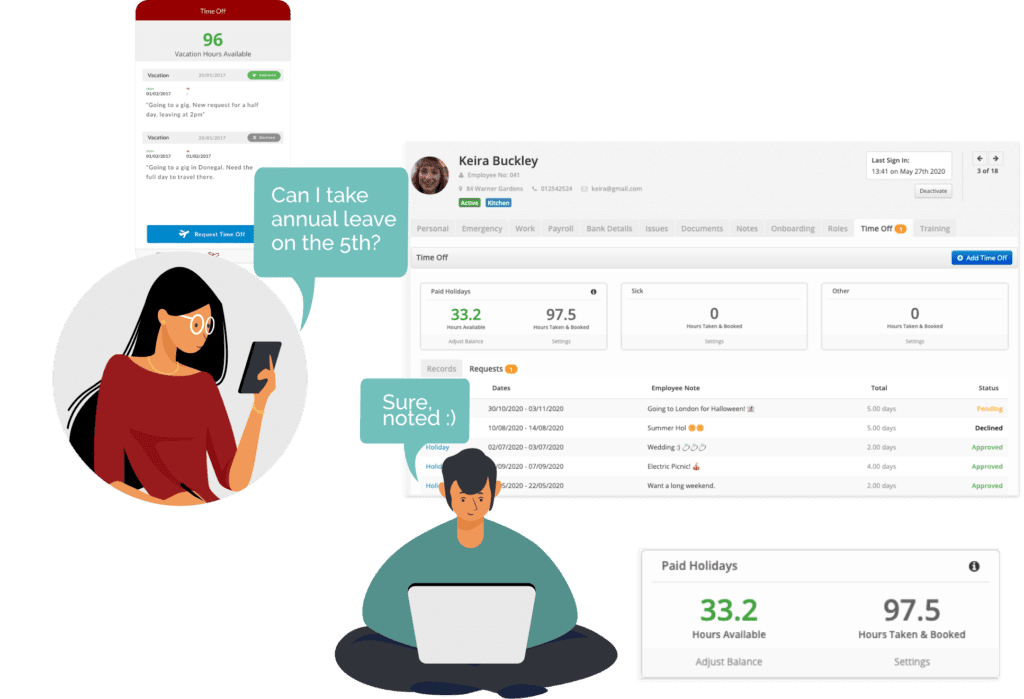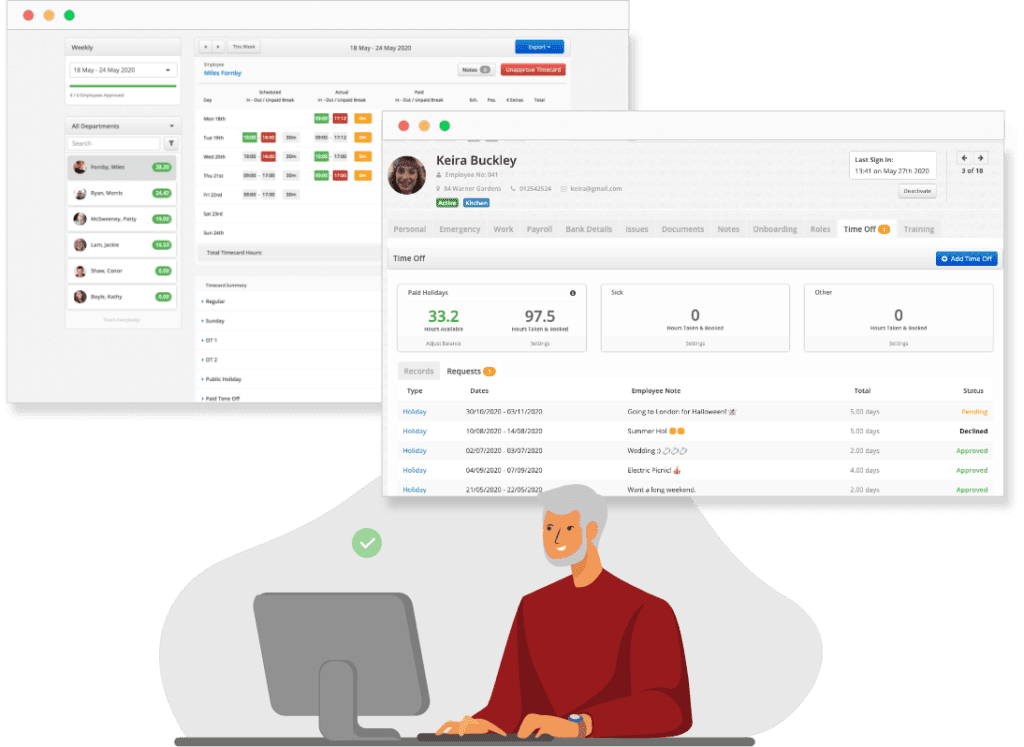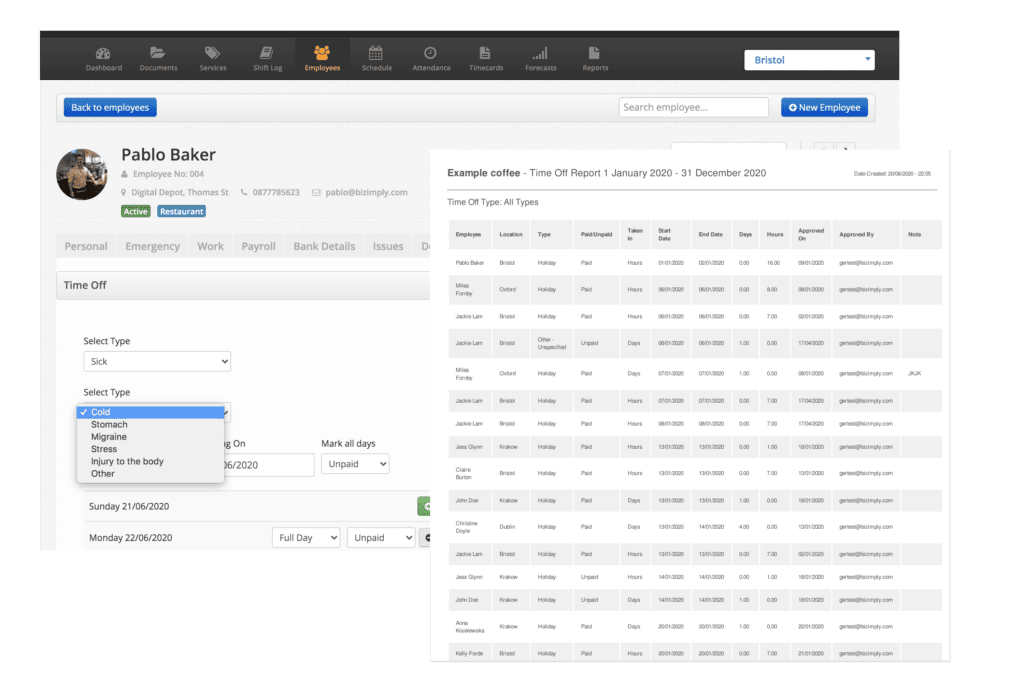Holiday Entitlement Calculator
Enter the details into our handy holiday entitlement calculator below.You can calculate for a full year or a pro-rata value for any part of the year.
Holiday entitlement for the year:
28 daysHoliday entitlement for the holiday year: 28
How many days are in a full time working week for your company?
You Might Also Like
UK statutory entitlement
- Full Time Workers:In the UK all most all workers are legally entitled to 5.6 weeks’ paid holiday each year. This is known as “Statutory entitlement”.This translates into 28 days. (5.6 weeks * 5 days = 28 days).Public holidays (Bank Holidays) can be included as part of those 28 days. Employers can round up holiday entitlement, but not round down.
- Part time workers: Any employee who works less than 5 days per week is regarded as part-time.They are still entitled to 5.6 weeks of annual leave, but this is calculated on a pro-rata basis, according to how many days per week they work.For example, an employee who works 2 days per week will earn 2/5ths of 28 days. 11.2 days.

Upper Limit of Statutory Leave
- The upper limit of statutory leave is also 5.6 weeks (28 days).So although it can be pro-rated downwards for employees working less than 5 days per week, it does not increase for those working 6 or 7 days.For those workers, statutory leave will stay at 5.6 weeks.
- Employers can, of course, choose to offer more than statutory leave.The rules that apply to statutory leave do not apply to the additional. For example, an employee may need to be employed for a certain duration before being entitled to the additional allowance.
Carry Over
- Carry forward of annual leave is normally a contractual provision agreed between employee and employer.
- The only statutory obligation to allow an employee to carry leave forward into the next year is when sickness or maternity prevents the employee from taking their entitlement.In this case a maximum of 20 days can be carried forward.
Starting part way through through a year.
- If an employee starts part way through a leave year, they will have their holiday entitlement calculated from the date they join.
- For example, if your holiday year start date is January 1 and they don’t start working for you until April 1st, their holiday allowance will be based on the period from April 1st through to December 31st.
Finishing part way through through a year.
- Similarly, if an employee finishes partway through a leave year the period of entitlement will run from your holiday year start date through to their leaving date.
- If an employee has taken more than their annual leave entitlement at the point they leave, then you can take the money back in their final pay pack, but only if it has been agreed in writing beforehand.
- If they have taken less than their entitlement at the point of departure you can offer them payment in lieu of holiday.

Further reading
Check out the gov.uk website for more information on Holiday Pay and Employment Rights.








